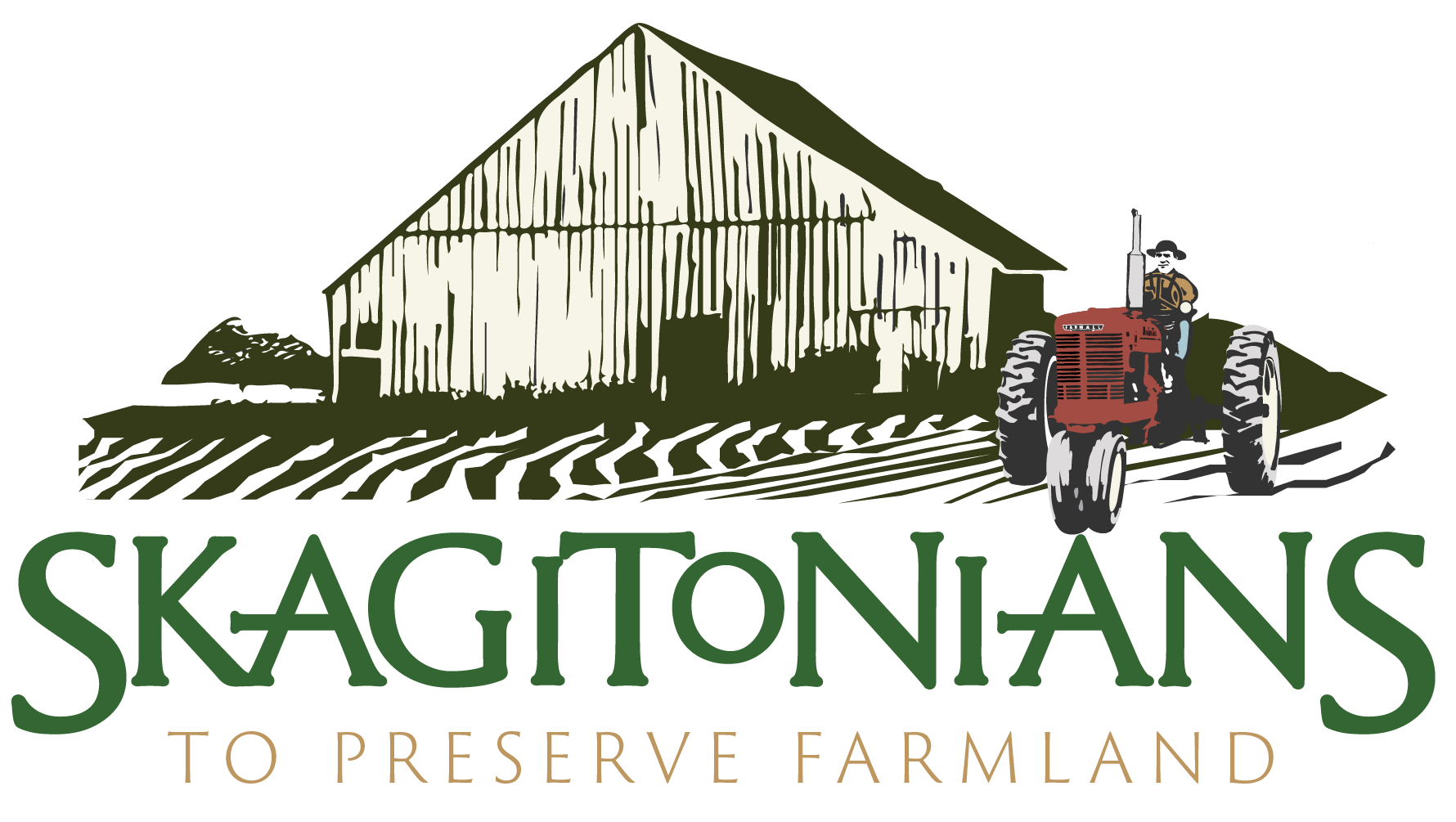The Dirt Issue 22 - Farming in December
A Different Kind of Busy: Farming in DecemberAs day length dwindles and all the winter prep appears to be done, you might be led to believe everything is “easy going” for a farmer in winter, but not so. It begs the question, what does farming look like in December?“Winter is not an ‘off’ season; it’s a catch up season” (agsolver.com). Everything that had to be put on the back burner during the 14- to-16 hour days of the growing season is now front and center.Chief among such tasks is vehicle maintenance. Farm equipment used intensively during the planting/growing/harvesting cycle is brought in for everything from routine oil changes, fluid checks and pressure tests to major overhauls and repairs. Equipment is thoroughly cleaned, even detailed and waxed to be field-ready for spring. As you might imagine, this is no simple task.Show Me the Money December-into-January is also time for the financial side of the business. Sure, the basics, like paying the bills, get handled as needed throughout the year, but for many the deep assessment of the farm year’s financial performance comes now. Data is gathered for tax preparation; to evaluate the year’s winners and losers; and to help in planning the year to come. For many farmers it’s also the time to negotiate a line of credit with their banker.Reviewing past performance in order to plan for the year ahead is not just a financial concern; it involves issues such as market trends for various crops, crop rotation requirements, available farmland, and resources on hand to manage the next crop plan.The “available farmland” issue is a prevalent one for many farmers here in the Skagit Valley. The practice of rotating crops is essential for breaking up the natural cycle of diseases and pests and for enhancing soil fertility. But it can mean a farmer’s own land may be unavailable in a given season for a specific crop. Winter is a good time to negotiate farmland leases with other landlords.Time for Meeting; Time for LearningThe winter months are also meeting season. Farm organizations hold their annual meetings, grower commissions gather, and educational workshops abound. This is the time to learn about everything from new equipment to labor regulations, research findings to pesticide options. It’s also time to connect with others in the same line, exchange war stories and assess trends that affect the industry.Those meetings are just part of the educational process. Technological advances in farming are coming on at a rapid rate and winter is the perfect opportunity to study up and become proficient in their operation. Whether it’s new software that monitors soil moisture and targets irrigation or the sophistication of drone mapping to detect parasites and fungi in a crop before they become widespread, it takes time to become familiar with the technology and ensure all will be ready to go when needed.‘Tis the SeasonHere’s another big wintertime activity: Shopping! It’s no great surprise that equipment manufacturers have winter exhibitions. That’s when farmers can take the time to gage what’s needed over the next growing season (especially once vehicle maintenance has revealed all). But it’s also time to figure out what inputs will be needed for the crops and to take advantage of any off-season discounts offered. Seeds, fertilizers and crop protection chemicals are all on a farmer’s winter shopping list.Some Farming Goes On No Matter WhatFor those who farm with livestock the need to care for their animals is a 24/7, 365-days-a-year commitment. No time off, ever. What you will see, in a concession to the season, is animals moved off pasture and into barnyards and shelters for the wet winter months. Pastures that are too wet to be grazed are left to regenerate while herds are fed hay, corn silage and other feed directly by the farmer. Starting and ending the workday in the dark, dairy farmers, as just one example, have even more to do in winter due to a constant round of feeding, milking, carting off manure, and changing bedding.Not Everything Leaves the Farm Right AwayA lot of area farmers continue to ship product well into or even throughout the winter season. These are farmers who are able to hold back some of their crop in cold storage or, as in the case of grain, in silos. Many continue to fill daily orders as the year wanes. The winter season is in every way a marketing season and there is no lull in revenue until the last of the crop is sold.Actual Winter Farming is Increasingly Finding its MarketFor consumers choosing to buy fresh, local produce the season-extending technologies of heated greenhouses, unheated high tunnels and even row covers are bringing more options. The kinds of produce grown shift with the season, but fresh spinach, kale, other greens and root crops can all be successfully grown in winter. Some crops, like tomatoes, are being grown in heated greenhouses now so that they can mature and bear fruit come March or April.A Time to ExhaleFor most farmers, winter does bring welcome relief. Instead of the 14-to-16 hours typical in the growing season, they can usually get their work down in eight or nine. Some can even have the weekend off!The seasonal shifts in farming, the fluctuations in intensity are probably a gift. Otherwise who could keep up the pace?
